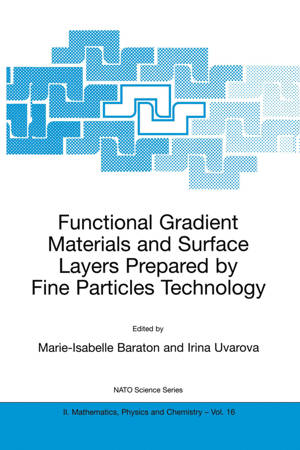
- Afhalen na 1 uur in een winkel met voorraad
- Gratis thuislevering in België vanaf € 30
- Ruim aanbod met 7 miljoen producten
- Afhalen na 1 uur in een winkel met voorraad
- Gratis thuislevering in België vanaf € 30
- Ruim aanbod met 7 miljoen producten
Zoeken
Omschrijving
The Pade approximation problem is, roughly speaking, the local approximation of analytic or meromorphic functions by rational ones. It is known to be important to solve a large scale of problems in numerical analysis, linear system theory, stochastics and other fields. There exists a vast literature on the classical Pade problem. However, these papers mostly treat the problem for functions analytic at 0 or, in a purely algebraic sense, they treat the approximation of formal power series. For certain problems however, the Pade approximation problem for formal Laurent series, rather than for formal power series seems to be a more natural basis. In this monograph, the problem of Laurent-Pade approximation is central. In this problem a ratio of two Laurent polynomials in sought which approximates the two directions of the Laurent series simultaneously. As a side result the two-point Pade approximation problem can be solved. In that case, two series are approximated, one is a power series in z and the other is a power series in z-l. So we can approximate two, not necessarily different functions one at zero and the other at infinity.
Specificaties
Betrokkenen
- Auteur(s):
- Uitgeverij:
Inhoud
- Aantal bladzijden:
- 276
- Taal:
- Engels
- Reeks:
- Reeksnummer:
- nr. 27
Eigenschappen
- Productcode (EAN):
- 9783764319403
- Verschijningsdatum:
- 1/01/1987
- Uitvoering:
- Hardcover
- Formaat:
- Genaaid
- Afmetingen:
- 171 mm x 238 mm
- Gewicht:
- 694 g

Alleen bij Standaard Boekhandel
+ 168 punten op je klantenkaart van Standaard Boekhandel
Beoordelingen
We publiceren alleen reviews die voldoen aan de voorwaarden voor reviews. Bekijk onze voorwaarden voor reviews.











